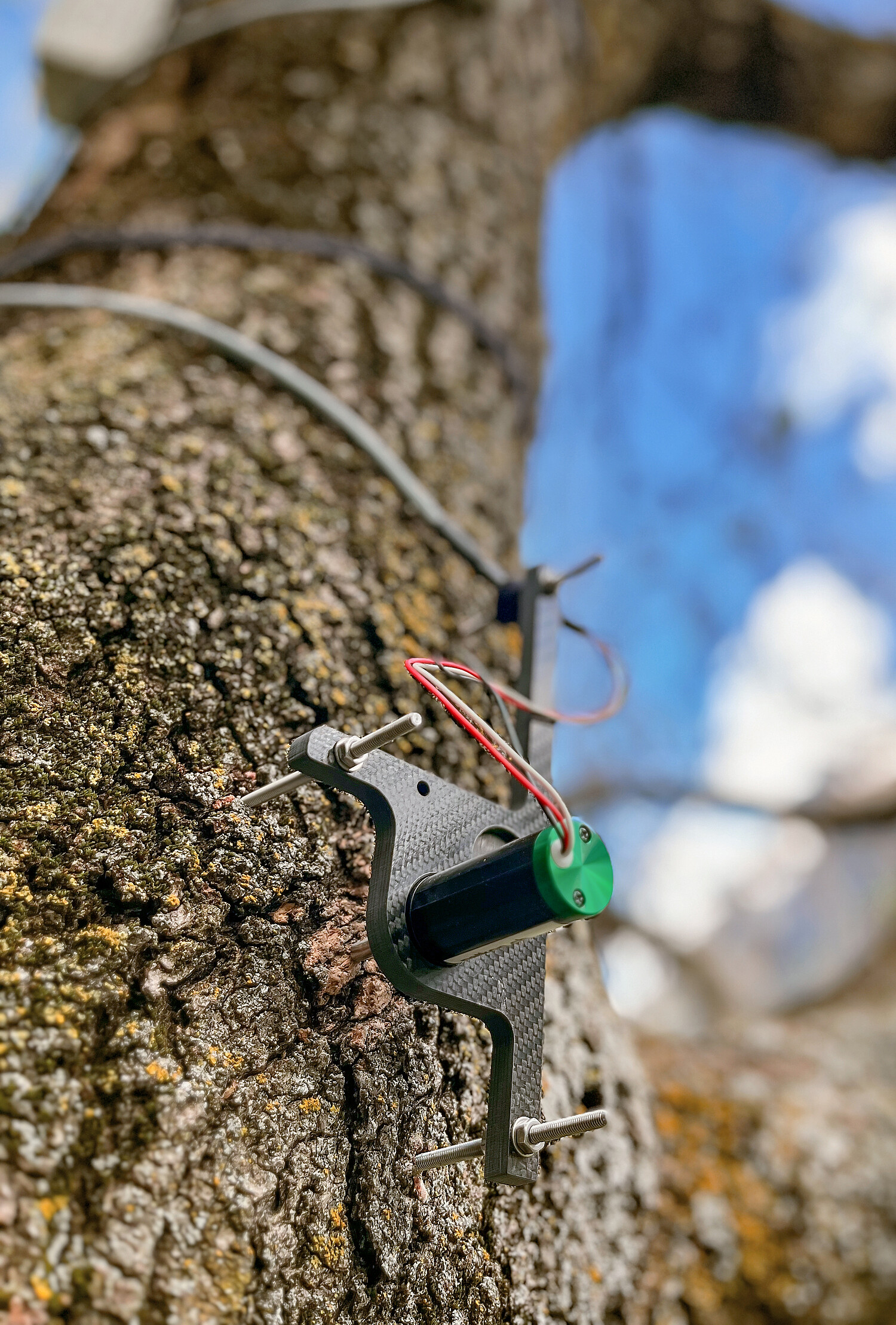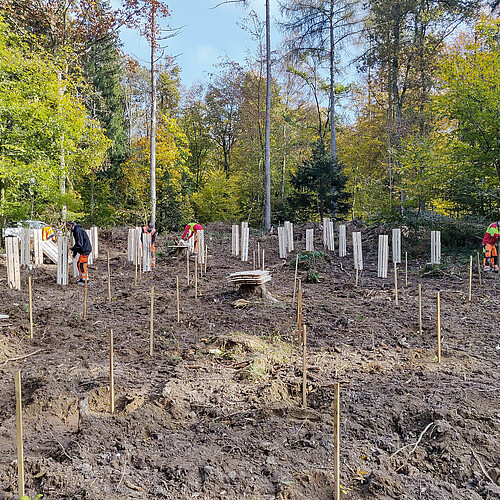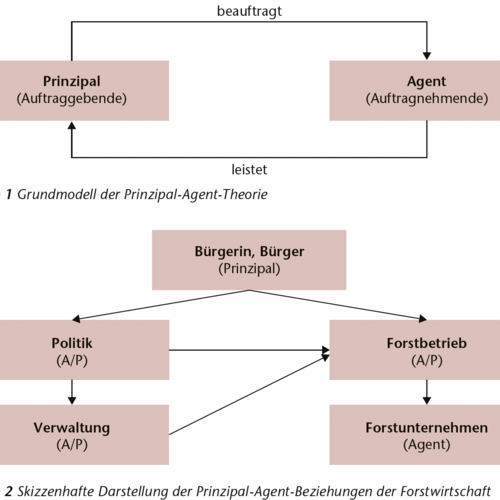- Knowledge
Growth and drought stress – physiological characterisation of Swiss forest trees
26.02.2025

The monitoring network TreeNet uses automatic sensors on tree stems – so-called point dendrometers – to study the water balance and growth of forest trees at around 70 sites in Switzerland (incl. 13 sites of the programme "Long-Term Forest Ecosystem Research"). Every 10 minutes, the stem radii of over 500 trees are measured to micrometer accuracy, and measurements are taken in the atmosphere and soil. Here we show characteristic physiological averages of nine tree species based on measurements on individual trees (1998–2023). Differences in species (growth rates, tree water deficit) and site characteristics (precipitation and temperature during the growth period) determine how well the trees thrive. Mean annual growth is mainly explained by the number of growing hours per year and the mean growth rate per hour. Douglas fir and fir showed the greatest increases. Spruce had the highest growth rate per hour, but only achieved average annual growth due to the low number of growing hours. The water storage capacity of a tree, derived from the maximum daily shrinkage of the stem, and the tree water deficit are further factors influencing growth. Within the same species, a greater water storage capacity indicates more growth. However, across all nine species studied, species with a generally low water storage capacity grow best (Douglas fir, fir, beech). We show where the TreeNet trees grow best (Swiss Plateau) and where they suffer the greatest from drought stress (Valais and northern Switzerland).
Schweiz Z Forstwesen 176 (2): 99–105. https://doi.org/10.3188/szf.2025.0099



